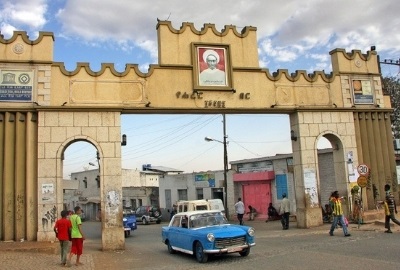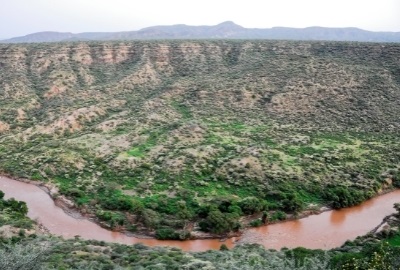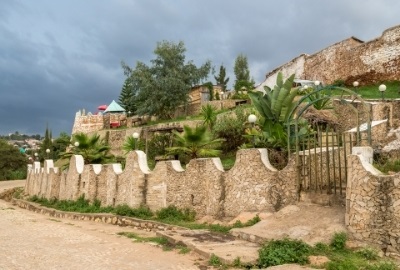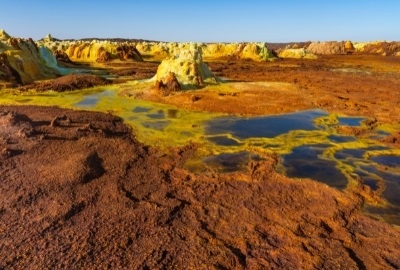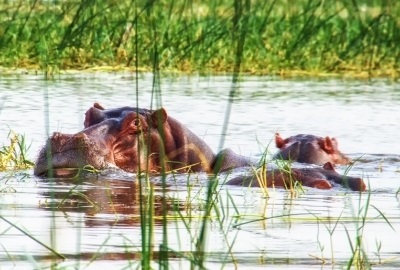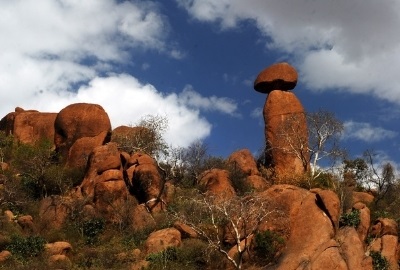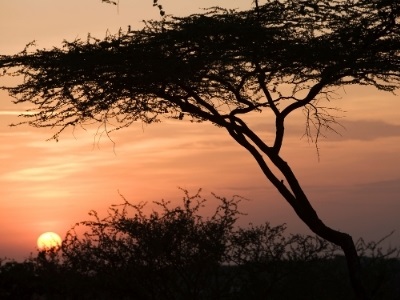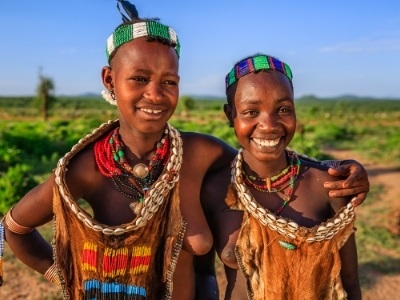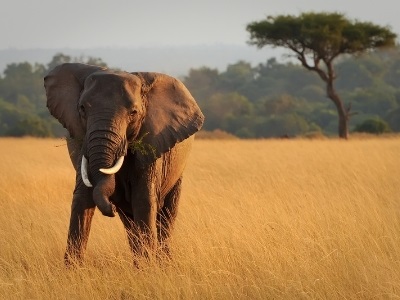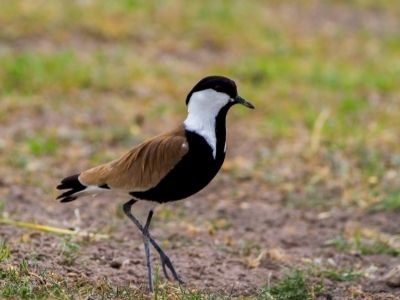eastern tour packages
Harar is a city in eastern Ethiopia. It’s surrounded by a centuries-old defensive wall that has several large gates, including Duke's Gate. The city is known for its mazelike alleys and traditional houses decorated inside with flat hanging baskets. A replica house features at the Harar Community Centre Museum. A holy Islamic city, Harar has many mosques.
The Awash is a major river of Ethiopia. Its course is entirely contained within the boundaries of Ethiopia and empties into a chain of interconnected lakes that begin with Lake Gargori and end with Lake Abbe on the border with Djibouti, some 100 kilometres from the head of the Gulf of Tadjoura. It is the principal stream of an endorheic drainage basin.
Dire Dawa is a city in Ethiopia divided by the usually dry Dachata River. The colonial quarter, Kezira, features wide streets and a rail station dating from the French development of the railway. Megala, the old town, has Islamic-style architecture and several markets. Dominating these is the popular Kafira Market, which has local produce. Ancient rock art sites, including the Porc Epic Cave, are outside of town.
Erta Ale is is a continuously active basaltic shield volcano in the Afar Region of northeastern Ethiopia. With 613 metres (2,011 ft) high, with one or sometimes two active lava lakes at the summit which occasionally overflow on the south side of the volcano. It is notable for holding the longest-existing lava lake, present since the early years of the twentieth century (1906). Volcanoes with lava lakes are very rare: there are only eight in the world.
Awasa, also called Hawassa, is a city in the Great Rift Valley of central Ethiopia. It lies at the eastern edge of large Lake Awasa, with its resident hippos. Water birds gather around a popular fish market along the lake’s shore. Nearby, the waterside Amora Gedel National Park is inhabited by monkeys. To the northwest, Senkele Swayne’s Hartebeest Sanctuary is home to these endangered African antelopes.
Harar Wildlife Sanctuary was created for the protection of the native African bush elephant subspecies. It is estimated that about 400 elephants live there. Other mammals living in the park include the hamadryas baboon, Menelik’s bushbuck, Soemmerring’s gazelle and greater and lesser kudu. The bird list of 227 species includes the endemic Salvadori’s serine. Conditions at this sanctuary are primitive, and it is not equipped for tourists.

